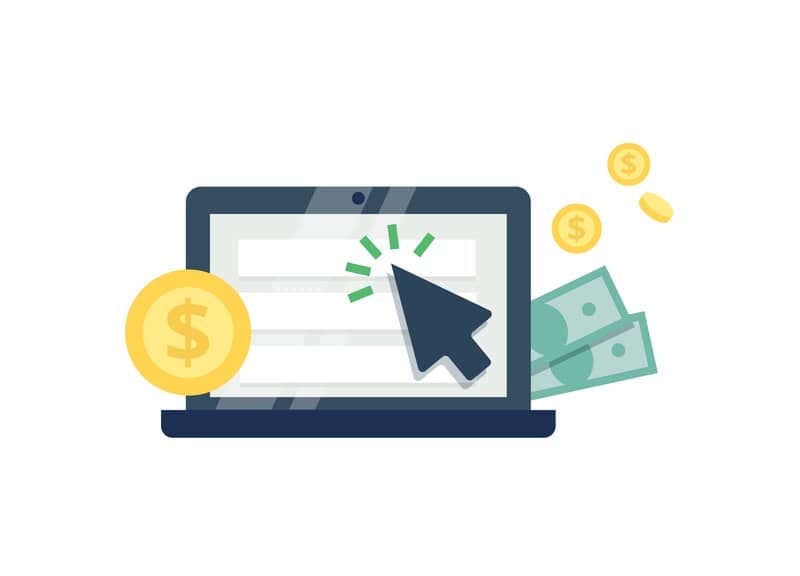Over the years SEO tactics have evolved to try to keep up with the changes in how Google ‘enforces’ what it considers to be quality websites and content. As we engage with new clients we see that many of the problems are related to ignoring the basics in favor of chasing the latest tactics. It is not that we should put aside these tactics, but they should be employed judiciously and only when the basics are covered. It is what we refer to as good SEO hygiene. Keeping your site clean helps avoid surprises and saves time in the long run. While SEOs can argue over priority, here are the areas we usually address first either because of their volume or their importance.
Image alt elements are a lost opportunity for most sites
The base intent of the “alt” elements(alternative text) is for a better user experience for the visually impaired users, as the alt text is used to say what is in the image. Search engines also use this information to identify the image content, as well as affirm the connection to the content on the page itself. Additionally, should the image not load in the browser, the alt text will appear in its place.
Key to good alt text is an accurate description of the image content. Without spamming the text, it should provide the subject description and setting of the image. Chances are, if the alt text is one or two words, it is not enough to provide useful information for the users or the search engines. Keep the description focused and thorough to give the search engine enough to connect the image content clearly with the page content. (google on image optimization)
H1 tags: none or too many
H1 Tags (and subsequent H tags) are your way to indicate the primary subject area of the page. It should be a few words covering the broadest scope of the page content, using lower Hn tags to indicate sub-content. Generally, the more focused you can make your content subject matter while providing useful information, the better.
We tend to see one of two errors. First, no H1 tags. This is a relatively simple fix provided you’ve done the keyword research to identify the best way to identify the content.
The second issue is too many H1 tags. We see this when developers / designers decide to take a shortcut and use H1 tags because of their styling. Take the time to create a css style that will be used for paragraph or content area titles instead of using the H1 tags.
Duplicate content on… everything
From page titles and meta descriptions to page content duplication, we see this a lot. The culprit is typically a CMS that was not configured or implemented properly. The CMS may use categories and tags that create folders. If you apply more than one tag or category to a page, there will be more than one url leading to the page. There are other causes, but these tend to be among the most frequently seen.
Duplicate content is not good, but engines have a tolerance for it when it’s on your own site. However, the issue is that the inbound links to your site on a given topic are diluted if they are spread among duplicate pages of the same content. By directing the inbound and internal links to a single source page, you increase the juice or PageRank of that page relative to the topic.
Take the time to understand the CMS implementation and plan your categories, tags or other content organizational standards, and prioritize or eliminate components (use 301s if you eliminate). If you cannot eliminate duplicate content, select a primary page source and use canonical ref of all other pages to it, so the search engines know which page to give the ‘juice’ to.
Broken Links lead to 404s and empty images
Companies have to move fast nowadays and sometimes that means never looking back. But, when this happens we often see things break, but prospective clients didn’t notice. You’re giving up historical benefits and potential content validations when links break. Perusing your site, if it is not too big, or using SEO audit tools can help keep you on top of broken links.
Counting for, not against
We have seen some SEOs dismiss issues like this on the basis that the engines can be forgiving as long as the ‘important’ content is clean. However, overall site quality will eventually be affected, which will impact your rankings as user experience deteriorates. On the other side, you are foregoing the benefits derived from juice flowing freely through your site. While the algorithms change and the weight given to anyone aspect of SEO alters, keeping your basic site hygiene up will decrease the impact of any algorithm changes.


